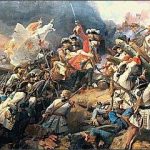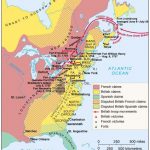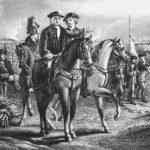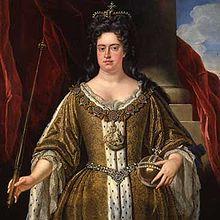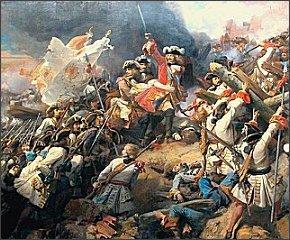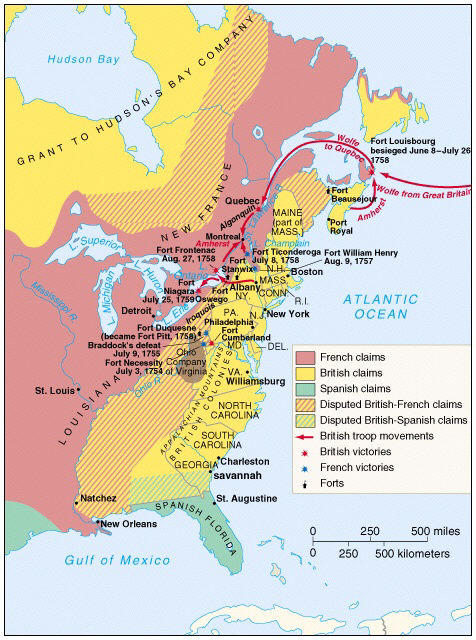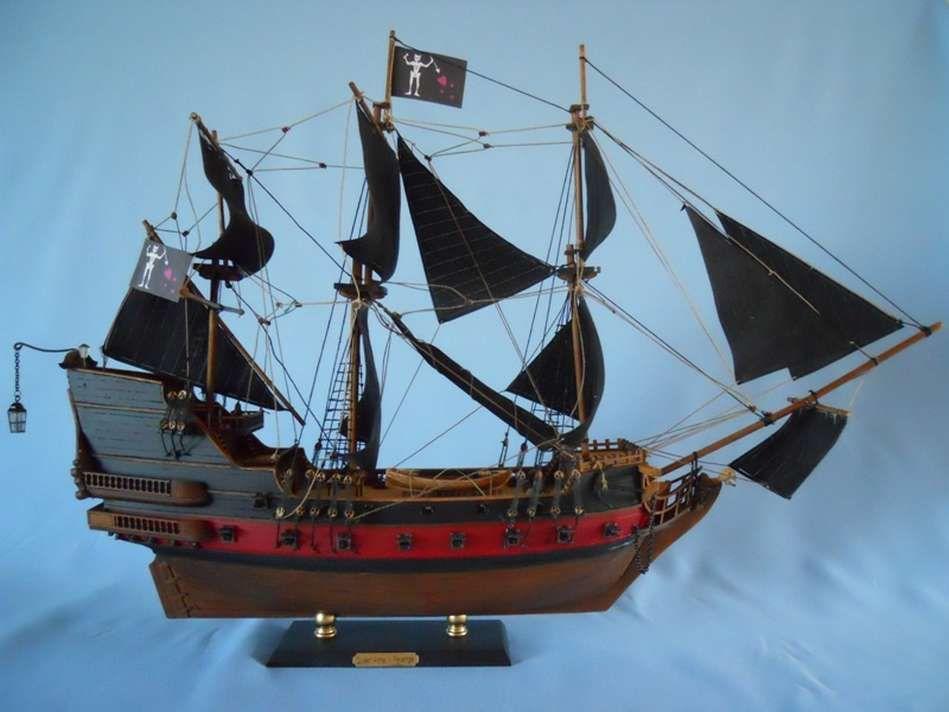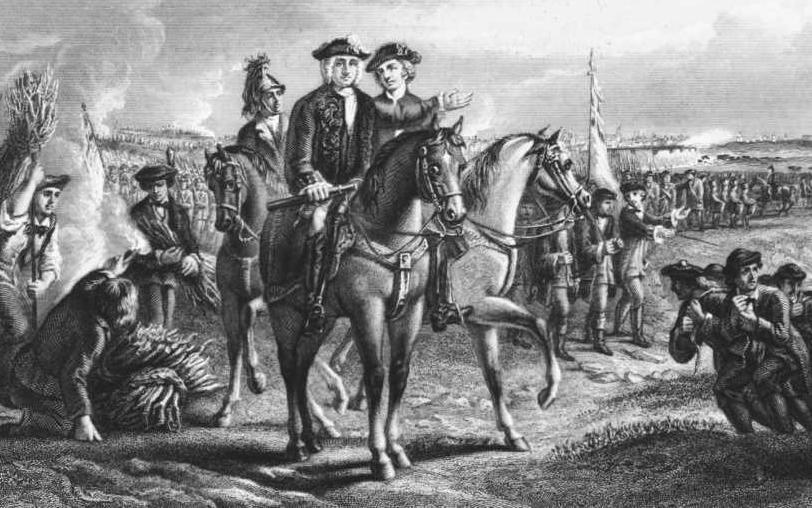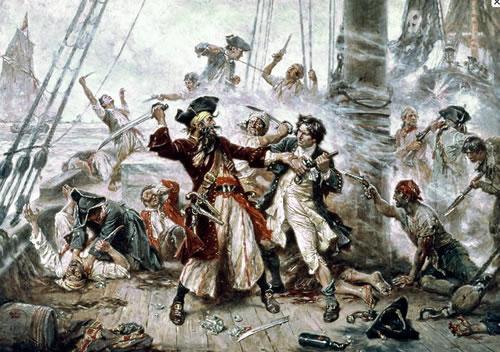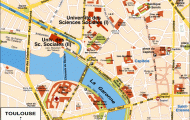From 1702 to 1713, Great Britain waged war alongside the Dutch and several German states against France and Spain. This general war in Europe, also
known as the War of the Spanish Succession, had far-reaching consequences for colonial British America. Many territories formerly owned by France and
Spain reverted to British control, and Great Britain emerged as the dominant commercial power in the Atlantic world. With the concluding Peace of
Utrecht, a new international order was fashioned that would carry the important Atlantic powers through the remainder of the eighteenth century.
In many ways, Queen Anne’s War was a continuation of King William’s War. In the earlier conflict, William III joined with his fellow countrymen, the Dutch,
to preserve his title to the throne of England, Scotland, and Ireland against French efforts to derail the Protestant succession and elevate a pro-French
Catholic to power. Having won this conflict, William III solidified his alliance with the Dutch and turned his attention to the matter of the Spanish-held
Netherlands. The point at issue in 1701 was whether Louis XIV of France, along with other members of his ruling family, the Bourbons, would be able to
control the possessions of Spain in the Netherlands, Italy, and the New World. Therefore William III, along with his Dutch counterparts, persuaded several
key German states to join in an offensive campaign to wrest control of the Spanish kingship from the Bourbon family, and to wrest control of the Spanish
Netherlands, Milan, Naples, Sicily, and the Spanish colonies from French and Spanish forces.
William III died unexpectedly in 1702, so leadership of the conflict passed to his successor, Queen Anne, and her commanding general, the Earl of
Marlborough. In the war’s early phases, the allies pushed into the Spanish Netherlands and took control of strategic points along the Meuse River in
France. Meanwhile, German forces captured several key objectives on the Rhine River, which separated the two powers. Thus the allies were positioned
to invade deep into France by means of the major rivers in Northern Europe. Fortunes turned against the allies when France persuaded Bavaria to join its
cause in 1703, and together they defeated alliance forces in the upper Rhine, subsequently moving to pressure Vienna. The German states in the alliance
were therefore led to request support for a campaign to relieve Vienna, which was reluctantly agreed to by Marlborough. This ultimately brought the
British their greatest victory in the European campaign, when Marlborough defeated French and Bavarian forces at Blenheim, along the Danube River in
Bavaria.
With this victory, Britain was emboldened to pursue broader goals in the war. Earlier, Britain desired segmentation of the Spanish possessions in Europe
and the New World, a rather limited aim. After Blenheim, Britain, along with new allies Portugal and Savoy, wanted to see the Crown of Spain fall into the
hands of the royal family of Austria, the Hapsburgs. This led Britain to engage in a new strategy of moving onto Spain itself by means of the Atlantic
seaboard and Mediterranean basin. In 1704, the English navy took possession of Gibraltar, at the mouth of the Mediterranean Sea off the coast of Spain.
By 1708, the British were in control of Minorca, off the southern coast of France. Victories at Barcelona (1705) and Madrid (1706) enabled the alliance to
put a Hapsburg in possession of eastern Spain, though not in control of it all, while allied successes in the Spanish Netherlands, especially at Ramillies
(1706) and Oudenarde (1708), weakened the French position in the north.
Peace negotiations, which started in 1709, foundered in the face of determined allied efforts to force unacceptable terms on Louis XIV. That same year,
Marlborough had won an appallingly gruesome victory at Malplaquet, but, by that time, most parties had grown tired of the conflict. The alliance
disintegrated over the terms to be dictated to France, especially trading rights in Spanish America, and England ultimately made a separate peace with
France in 1712.
The Dutch saw that further aggression would be fruitless without English assistance and agreed to the terms of the 1713 Peace of Utrecht. This
agreement formally ended the war by recognizing Philip V’s control of Spain and Spanish America, though with the proviso that the Crowns of Spain and
France should forever be separated. The Netherlands reverted to Hapsburg control, along with Sardinia, Naples, and Milan. Great Britain won title to Nova
Scotia, Newfoundland, Hudson Bay, and several French possessions in the West Indies, along with Gibraltar and Minorca.
In the colonies, Queen Anne’s War took the form of French privateering up the Atlantic coast and native raids along the frontier. In several colonies, the
war became a stimulus to the formation of militias, which were to become important later in the colonial period. In Pennsylvania, the pacifist Quaker
governing party was forced to withstand vociferous criticism of its management of colonial defense.
In the end, the war brought to the British exclusive trading rights with Spanish possessions in the New World. These trading privileges, along with its
territorial acquisitions, were instrumental to Britain’s rise as a major commercial and military power in the eighteenth century. Thus endowed, Great Britain
was positioned for global dominance in the nineteenth century.
Jeffrey B. Webb
See also: Anne, Queen; Military and Diplomatic Affairs (Chronology); Military and Diplomatic Affairs (Essay); War.
Bibliography
Barthorp, Michael. Marlborough’s Army, 170211. London: Osprey Publishing, 1980.
Boles, Laurence Huey Jr. The Huguenots, the Protestant Interest, and the War of the Spanish Succession, 17011714. New York: Peter Ling, 1997.
Demos, John. The Unredeemed Captive: A Family Story from Early America. New York: Vintage Books, 1994.
Hattendorf, John B. England in the War of the Spanish Succession: A Study of the English View and Conduct of Grand Strategy, 17021712. New York: Garland
Publishing, 1987.
Jarrett, Derek. Britain: 16881815. New York: St. Martin’s, 1965.
Shennan, J. H. International Relations in Europe, 16891789. New York: Routledge, 1995.



